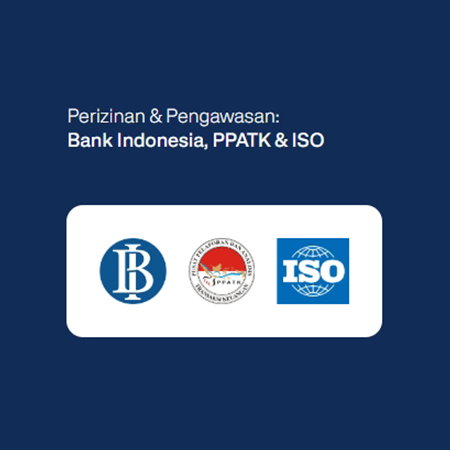Anyone making a bank transaction through a teller will be asked to write down the branch code on the form. Naturally, this raises curiosity about what a branch code actually is. Furthermore, how does it work in supporting banking transactions? That’s why understanding what a branch code is in a bank is very important.
See Also the List of SWIFT Codes for Banks in Indonesia
SWIFT Code Bank BCA
SWIFT Code Bank Mandiri
SWIFT Code Bank BNI
SWIFT Code Bank BRI
SWIFT Code Bank Danamon
SWIFT Code DBS Bank
SWIFT Code Hana Bank
To give you a better idea of what a branch code is, the following paragraphs will help explain it. So if you’re looking for information on this topic, you’ll find a clear explanation here. Let’s take a closer look below.
Background of Branch Code

When a bank has more than one branch in the same city or country, it uses a series of numbers—called a code—to identify the location of each branch. This marks the beginning of the system used by banks around the world to generate branch codes. With this code, it becomes easier to identify the bank name, including the specific branch being referenced. This ensures financial transactions can refer to and transfer funds to the correct location.
In other words, a branch code is a unique code used to identify a specific branch of a particular bank. Its main use is in the financial sector, where the code helps streamline the processing and clearing of documents, including checks.
Additionally, this technology allows MICR readers to scan and read the information directly into devices, which are used for data collection.
See How Easy It Is to Send Money to 70+ Countries with Transfez
Understanding What Branch Code Is
Today’s modern banking systems use an 11-character alphanumeric code known as the IFSC (Indian Financial System Code). Out of these 11 characters, the first four represent the bank’s identity, while the last six indicate the specific branch. This code is essential in interbank transactions because it gives each branch a unique identifier.
Here are the elements that make up this alphanumeric code:
1. The first four characters represent the bank’s specific code.
2. The fifth character is a 0, used as a control character.
3. The last six characters identify the specific branch location. (This is the same as the branch code)
How Branch Code Works
A branch code doesn’t stand alone—it’s integrated with various payment systems like RTGS, CFMS, and NEFT. In fact, the central bank requires the IFSC code to be printed on every check issued to customers.
Interestingly, this code is sometimes also referred to as the NEFT code or the IFSC code. All these terms refer to the same thing, so you don’t need to be confused by the different names.
Keep in mind that the length of the branch code can vary from country to country. However, its function remains the same: to uniquely identify a specific bank branch.
Benefits of Branch Code

So we can conclude that the IFSC code uses a branch code. The main goal of the IFSC code is to simplify the process of electronic money transfers between banks in India. This is similar to the function of the branch code, which is to identify the specific location of each bank branch.
Additionally, the IFSC code provides more information about the bank, while the branch code focuses solely on identifying the actual location of the branch. This is also similar to the benefits of the branch code, which helps provide specific information about a bank—including branch location, data, and more.










